1. The Giant’s Causeway, Co. Antrim
North Antrim is dominated by two of Ireland’s truly singular sites – the Giant’s Causeway and Bushmills Distillery. One has given rise to meandering legends, tales of giants, fantastic imagery, imaginary happenings and discussions about the Wee Folk. And funnily enough, the Giant’s Causeway has done something similar. Several theories have been put forward to explain this astonishing complex of octagonal basalt columns packed together along the coast arose. The most popular are: it was down to the giant Finn MacCool; others believe it was the work of God. But it would be fair to say that most opinion weighs in behind the theory that it is a geological phenomenon which happened 60 million years ago when molten lava erupted then cooled and shrank.
ESSENTIAL TRIVIA: A book published in the 19th century claims that the formation was originally made from petrified bamboo trees, but this theory has not been widely accepted
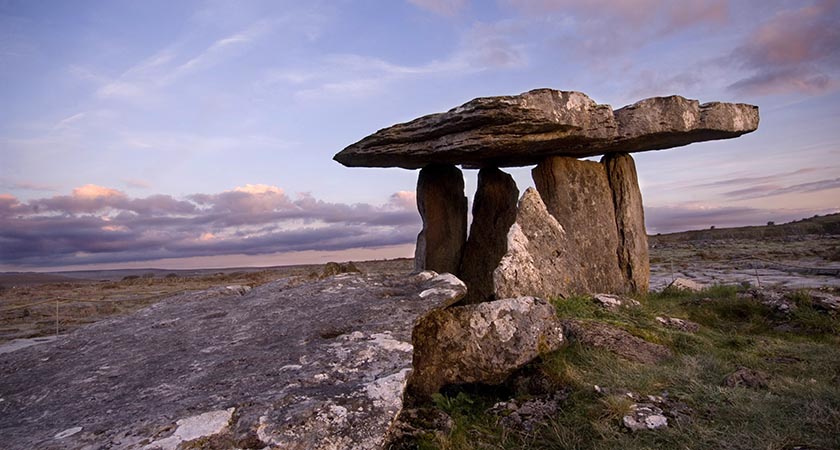 A skeletal landscape in Clare. Picture: Tourism Ireland
A skeletal landscape in Clare. Picture: Tourism Ireland2. The Burren, Co. Clare
Quite simply there just isn't anywhere else in the world like the Burren. A harsh, strange region, it occupies most of the top north western sector of Clare. Spectral limestone pavements, nature's version of crazy paving, loom out of the turf. And everywhere the rocks are polka-dotted with wild flowers, spaghnum moss and piles of heather. It almost looks like the raw materials from which countryside is made. And yet here it is in Co. Clare, this hauntingly beautiful place that has intrigued geologists, botanists and the benignly curious for centuries.
These much-contemplated and researched limestone terraces were at one time forested with hazel, juniper, birch and whitethorn. The bleakness of the landscape today is due to erosion brought on by early human settlement and farming.
But although at times appearing gaunt this ancient countryside is home to both Arctic and Mediterranean flowers which fill the trenches between the huge limestone slabs, as if a tireless gardener had been working day and night to create some outlandish garden. But when the winds howl inconsolably across the Burren, to help you come to terms with this geological extravagance the pubs hereabouts are filled with fiddle music and craic.
If you've only time to visit one UUP (Utterly Unique Place) in 2016, make it this corner of Clare.
ESSENTIAL TRIVIA: Although the Burren represents just 1 per cent of the land mass of Ireland, 75 per cent of its native species are found here.
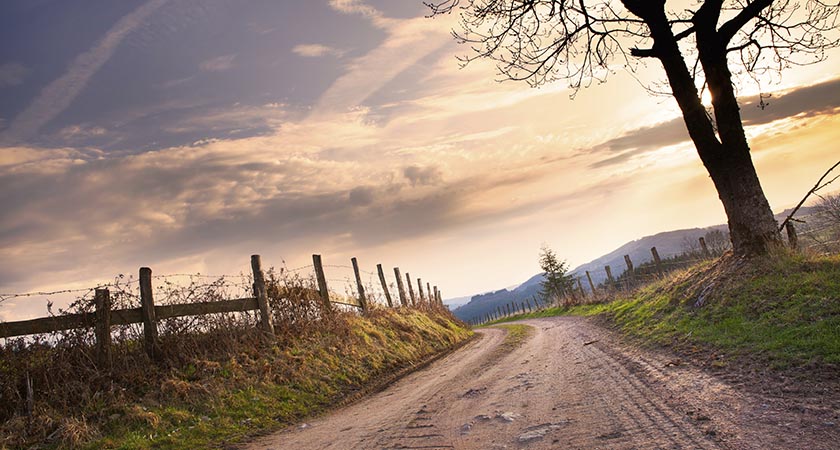 Drumlin country
Drumlin country3. Drumlins
A drumlin is an elongated hill in the shape of a half-buried egg (boiled, not scrambled). The word comes from the Irish droimnín ("little ridge"), first recorded in 1833.
There is some argument as to exactly how drumlins came about. Unlike the Giant’s Causeway, Beings from the Otherworld are not implicated. As far as science can tell us, neither giants, banshees, wee folk nor leprechauns are implicated in the formation of drumlins.
Ice seems to be the main culprit — probably when glacial sheets became overloaded with sediment and dumped the excess on places like Co. Cavan during one of the Ice Ages.
For best drumlin spotting head for Co. Down (sometimes called Co. Up-and-Down due to the drumlins), Co. Armagh, Co. Tyrone, Co. Monaghan and Co. Cavan
ESSENTIAL TRIVIA: Drumlins should not be confused with dunlins, seabirds also found in Ireland.
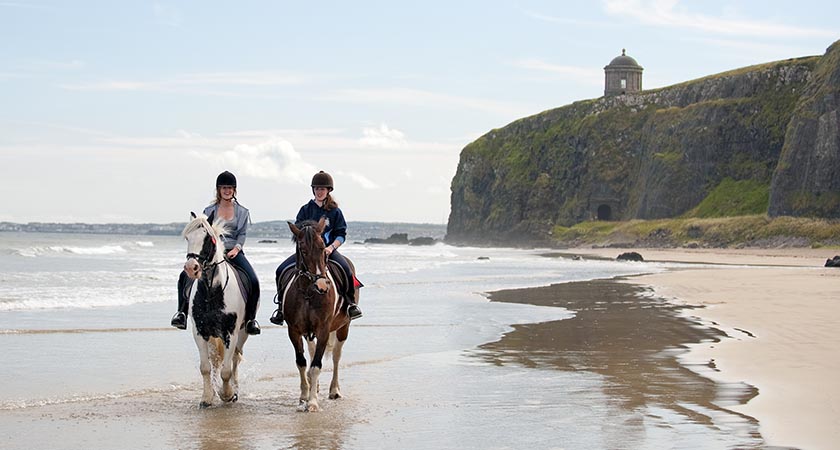 Benone Strand — sea, sand and follies. Picture: Tourism Ireland
Benone Strand — sea, sand and follies. Picture: Tourism Ireland4. Benone Strand, Co. Derry
Benone Beach stretches for over 7 miles from Downhill westwards to where it meets Magilligan Point at the mouth of Lough Foyle. It forms part of one of Ireland's longest beaches.
Washed by huge breakers, Benone Strand is one of the finest surfing beaches in all of Europe, and comes with an extensive dune system attached.
Turf struggles have been rampant here, and history abounds. To the westerly end of the strand stands a Martello Tower, built to help see off Napoleon had he made designs on Derry.
Mussenden Temple, a building for which the word folly could have been invented, overlooks the strand. It was designed along the lines of the Temples of Vesta in Tivoli and Rome.
ESSENTIAL TRIVIA: It’s said that the only Irishman to be in Jerusalem on the day Christ was crucified, a wrestler, Conor mac Cormac, was a local man. (To be fair, there are a number of other counties which claim the one-time presence of the Jerusalem One).
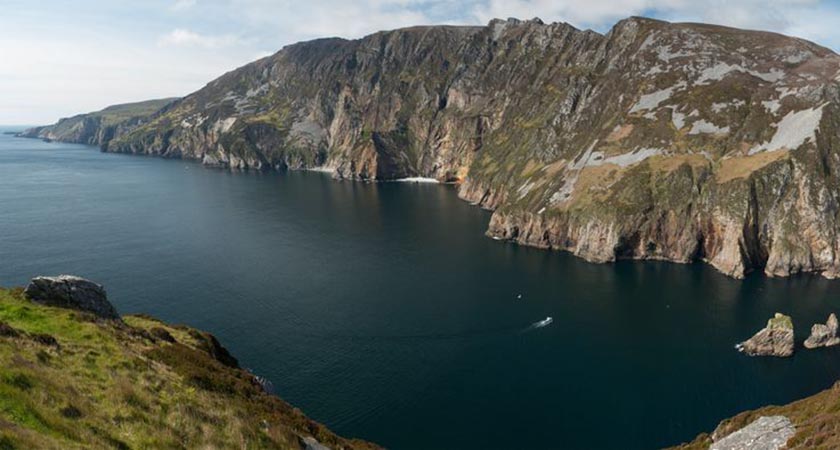 Where Europe ends — Donegal plunges into the sea. Picture: Tourism Ireland
Where Europe ends — Donegal plunges into the sea. Picture: Tourism Ireland5. Slieve League, Co. Donegal
The Slieve League Cliffs – overlooking Donegal Bay— have a sheer drop of 1972 ft (some 600 metres) into the Atlantic. This is where the Old World comes to an abrupt end, with only three thousand miles and a million seabirds between you and New York.
Geology takes on a dizzying dimension here. Different hues in the metallic ores accumulate with washed down clays and soils to produce a scene of elemental beauty.
ESSENTIAL TRIVIA: For the best views of the naked rock face plunging down to the restless Atlantic below, head along "One Man's Path" which traverses the ridge in spectacular fashion. However, this is no place for those scared of heights, or indeed widths.
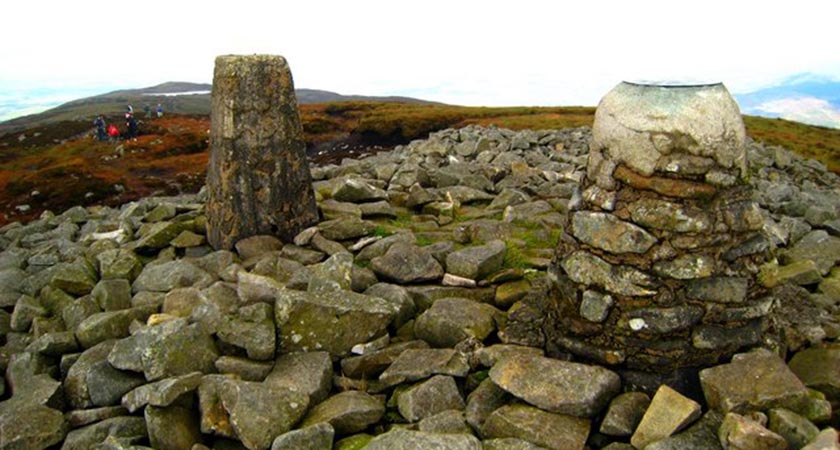 The summit of Slieve Gullion — a geological rarity in Armagh. Picture: Ross
The summit of Slieve Gullion — a geological rarity in Armagh. Picture: Ross6. Slieve Gullion, Co. Armagh
This is a text book example of an extinct volcanic ring-dyke system, and a destination for geologists from around Europe. In layman’s terms, finding yourself in a volcanic ring-dyke system means you can stand on top of the central mountain and see an encircling ring of lesser peaks. Basically the volcanic lava plopped up like custard leaving this strange geological formation.
ESSENTIAL TRIVIA: The Slieve Gullion range has been described by Laurence Llewelyn-Bowen on the BBC as simply “one of the most beautiful places in the world”,
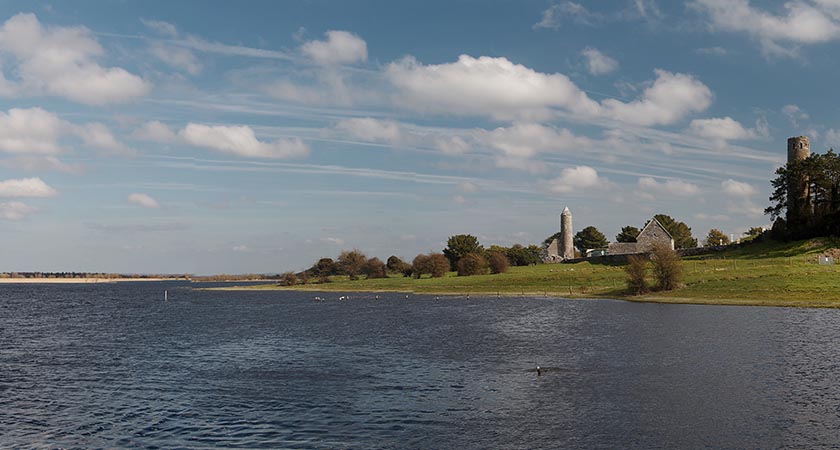 Peaceful Clonmacnoise, at a bend in the mighty River Shannon. Picture: Rob Hurson
Peaceful Clonmacnoise, at a bend in the mighty River Shannon. Picture: Rob Hurson7. The Shannon
The Shannon flows through eleven of Ireland’s counties (for homework, see if you can name them all for next time ) beginning at the Shannon Pot in Co. Cavan and reaching the Atlantic Ocean at the Shannon Estuary.
The Shannon has been an important waterway since antiquity, having first been mapped by the geographer Ptolemy (early mapping mover and shaker, as undoubtedly you know.)
The longest river in these islands,the Shannon is over 220 miles long.
ESSENTIAL TRIVIA: Traditionally, every parish in Ireland has a shoreline with the sea, or with the Shannon. Back in the days when travel was much easier on water than by land, the Shannon became a major thoroughfare for bishops wanting to check up on the ecclesiastical workforce.
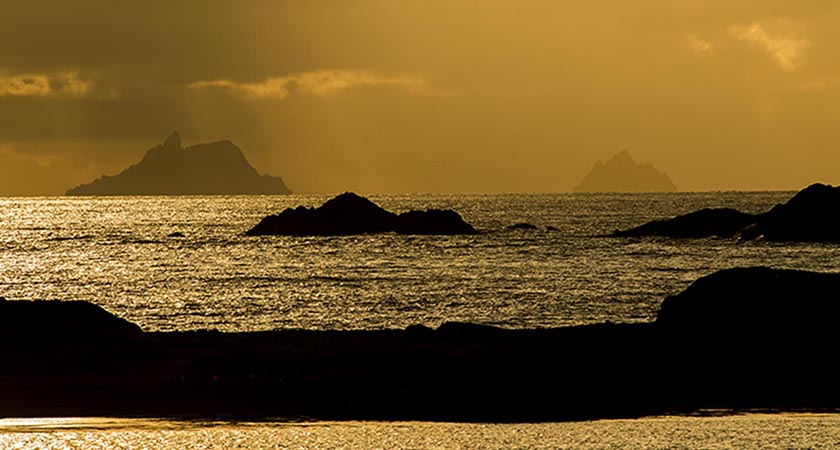 The Skelligs — a rocky haven for monks and Star Wars. Picture: Tourism Ireland
The Skelligs — a rocky haven for monks and Star Wars. Picture: Tourism Ireland8. The Skelligs, Co Kerry
Some eight, tricky enough miles out in the Atlantic off the Kerry coast, these forbidding peaks are today the des res of thousands of sea birds. But some 1500 years ago Skellig Michael was home-sweet-home to a community of Anchorite monks. With the introduction of Christianity to Ireland a monastery was founded here. People many miles away on the mainland would face the islands and kneel to pray when they knew the monks would be celebrating mass. A thousand-year-old stone staircase still leads up to little stone beehive living quarters of the holy men.
ESSENTIAL TRIVIA: Another of Ireland’s UNESCO Heritage Sites, Skellig Michael has recently been used as a filming location for Star Wars. Fans of the film, resplendent in T-shirts bearing the slogan “May the craic be with you” can be seen queuing for boats out to the island.

